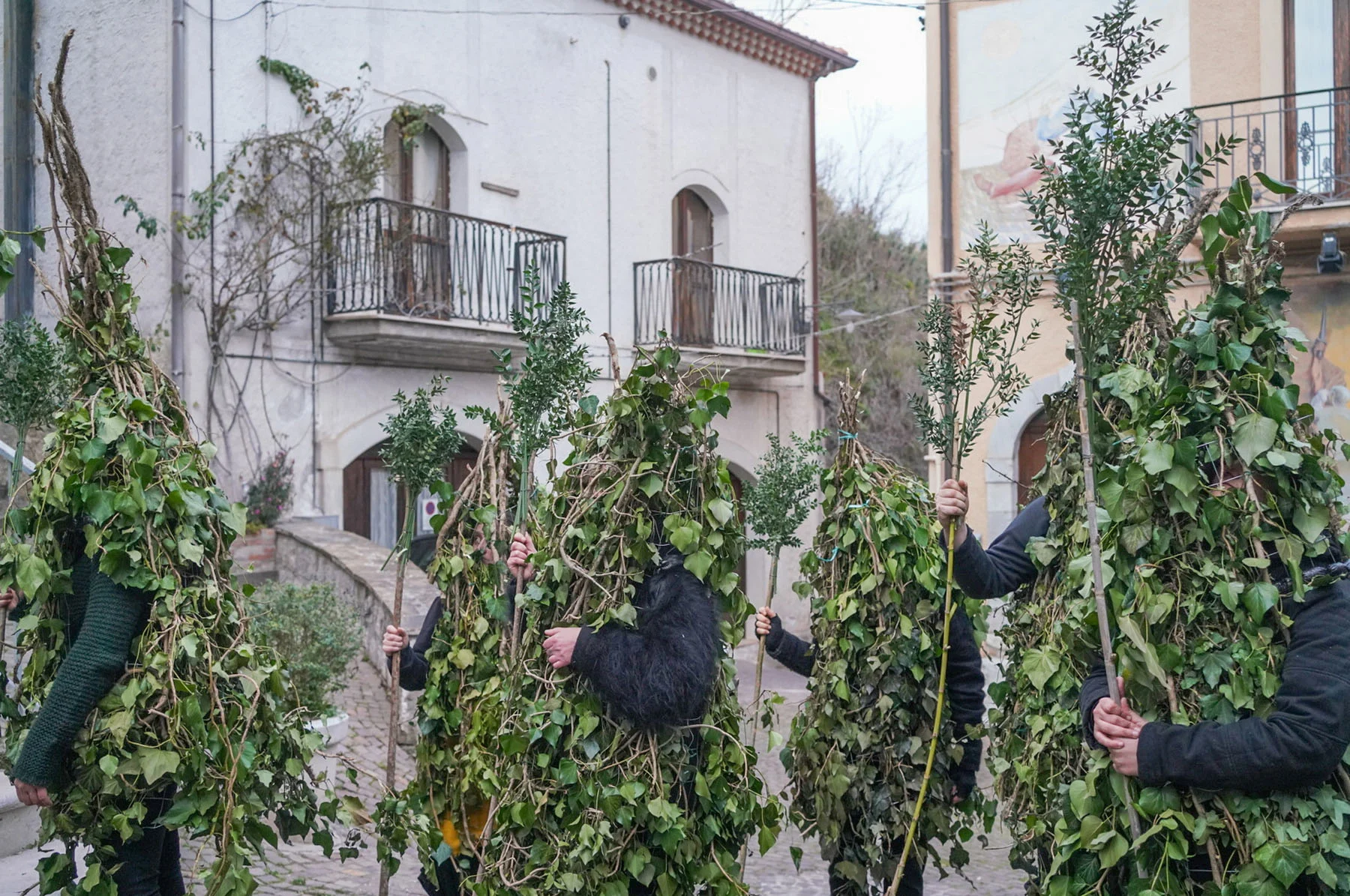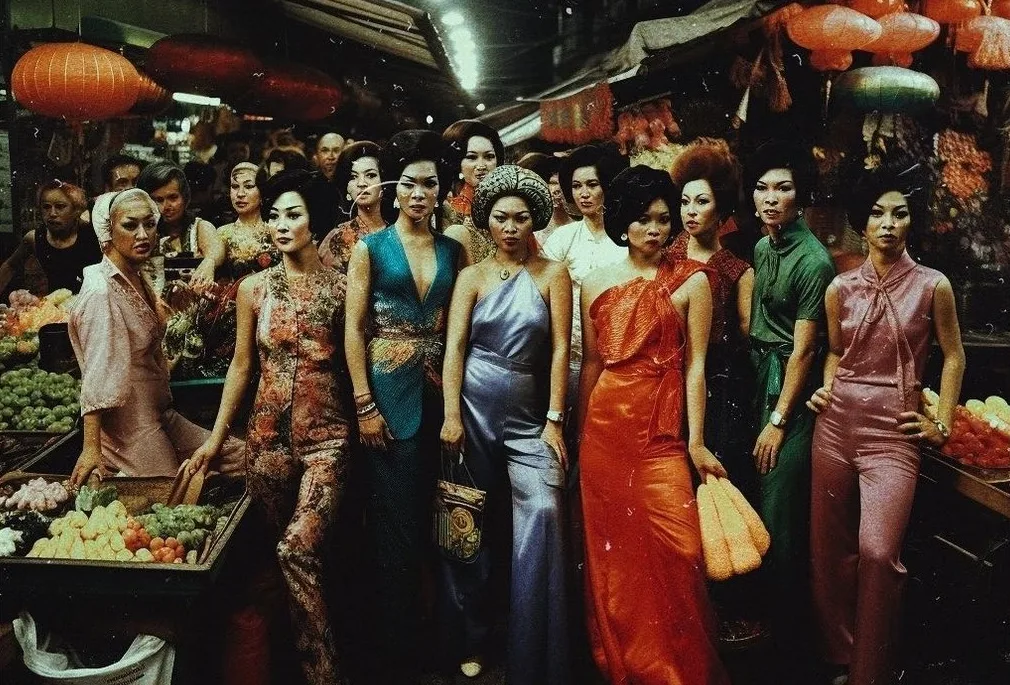
Ali Assadhu grew up in Kinbidhoo, a small island in the Maldives that is rapidly losing its identity to luxury resorts and the accompanying influx of western culture. In an attempt to capture the traditions and rituals that remain, he started “Local Living,” a creative project of photos and videos celebrating the nuances of his homeland. He tells Darshita Goyal about one series in the project, “Beyya,” which captures the night of the year when supernatural beings come to life on Eid al-Adha, bringing the townspeople closer to nature and to each other.
When you think of the Maldives, you probably imagine one of those picturesque, airy villas floating in the turquoise sea. If any culture comes to mind it’s that of rest and relaxation, couples honeymooning by the beach or indulging in plush seafood platters under thatched roofs. Maldivian photographer and filmmaker Ali Assadhu wants to paint a more authentic, traditional image of the island country.
Having grown up in Kinbidhoo, a small island 50 minutes by air from Malé, the capital city, Assadhu is now witnessing the erasure of the local culture and rituals that he was raised with. In its place, expensive resorts and a uniform Westernization are gaining traction. As the country continues to bloom as a tourist destination—it attracted a record-breaking 1.97 million visitors in 2024—the islands are being gentrified in favor of manufactured luxury.


The kids born after 2010 don’t even speak Dhivehi properly. I’m afraid in ten years our language will disappear completely.
And the natives are experiencing this loss. “The kids born after 2010 don’t even speak Dhivehi properly, they prefer to talk in English. I’m afraid in 10 years our language will disappear completely,” Assadhu says. “It’s not just that, our lives used to be slower, we were actually close with our neighbours. But now no one has the time to talk to each other.” In an effort to preserve his island’s rapidly changing culture, in 2022 Assadhu started a creative project titled “Local Living,” where he documents how the natives live and celebrate their festivals.
A series from July last year is particularly special to him. It captures Beyya, the eerie, supernatural beings that come to life in Kinbidhoo every year on the third day of Eid al-Adha. “When I was a kid, I used to be very scared of Beyya, but it was still my favorite tradition,” the 26-year-old explains. According to a popular island folk tale these monsters emerge from the sea for one day only and then disappear into the waters just as quickly and inconspicuously as they arrived. In reality, the town’s men wake up early in the morning and head into the forest to build their costumes.


In one image, you can see a man draping a rope with dried banana leaves around the Beyya’s waist. Two more men in the back toil away, hoping to gather enough leaves to completely shield the islander’s identity. “We use lots of leaves and flowers found around the Nika Gas, a sacred tree where the spirits live,” Assadhu says. He also highlights that no part of the Nika Gas is taken to make the costume: “We don’t want to disturb the life on it,” he says, but its neighboring trees become fodder for the other-worldly cosplay.
After hours of layering ropes until the human silhouette has completely vanished, leaving only an amorphous blob of greenish brown leaves in its place, the Beyya is ready. Then, the final touch is added: a mask. It could be of a ghost, a blood-ridden clown, even an animal—just as long as it looks scary. “In the olden days, they used to wrap the Beyya’s face with a white cloth, but now we get imported masks from the market,” Assadhu says. While the eerie sea monsters are being built in the forest, the rest of the island gathers on the main street, stretching from the Nika Gas tree to the town square, awaiting the arrival of the Beyyas.
Around noon, the supernatural beings emerge from the green, surrounded by locals thumping on loud drums and singing folk music. “If you have Maldivian blood, you’ll feel like tapping your feet as soon as you hear these sounds,” says Assadhu, who has embedded a real-time recording of this music in his series to help you experience the mood.
In one clip, a townsman imitates a monster by dancing with clawed hands while a Beyya wearing a clown mask spins on the ground beside him as children watch on, equal parts terrified and fascinated. “This is a unique celebration that is only found in Kinbidhoo, nowhere else in the Maldives either. I spoke to many elders to find out why we do this, is it to thank the ancestors? Is it to scare the spirits? No one really knows,” Assadhu says. He wishes there were more records or oral histories that uncovered his culture, giving him the same clarity that so many other communities across the world are afforded.
We just want to preserve our identity. I want to show the world this version of my country before it is lost.
Although the photographer is unable to trace the origin of Beyya, that missing piece of the puzzle only inspires him to document the present more vigorously. “Actually I work as a commercial photographer, covering resorts and weddings in the Maldives. But ‘Local Living’ is my passion, it makes me feel connected and fulfilled,” he says. Scrolling through Assadhu’s website, it’s impossible to miss how deeply personal his work feels. The pictures archiving distinctive rituals, special in style and celebration, are all strung together by a shared desire for community. Each series spotlights how togetherness is innate to Kinbidhoo’s culture.
As part of “Local Living,” the photographer has also started hosting immersive cultural tours of the island, hoping to give tourists a glimpse of the Maldives beyond the curated luxury. In June 2025, Assadhu will bring his first group to watch Beyya in action. “The locals are very excited, it’s not that we are against tourism at all…we just want to preserve our identity,” he says. “I want to show the world this version of my country before it is lost.”


